Communities and Tools on Blockchain
A condensed summary of all social spaces and key tools to interact in the digital asset space
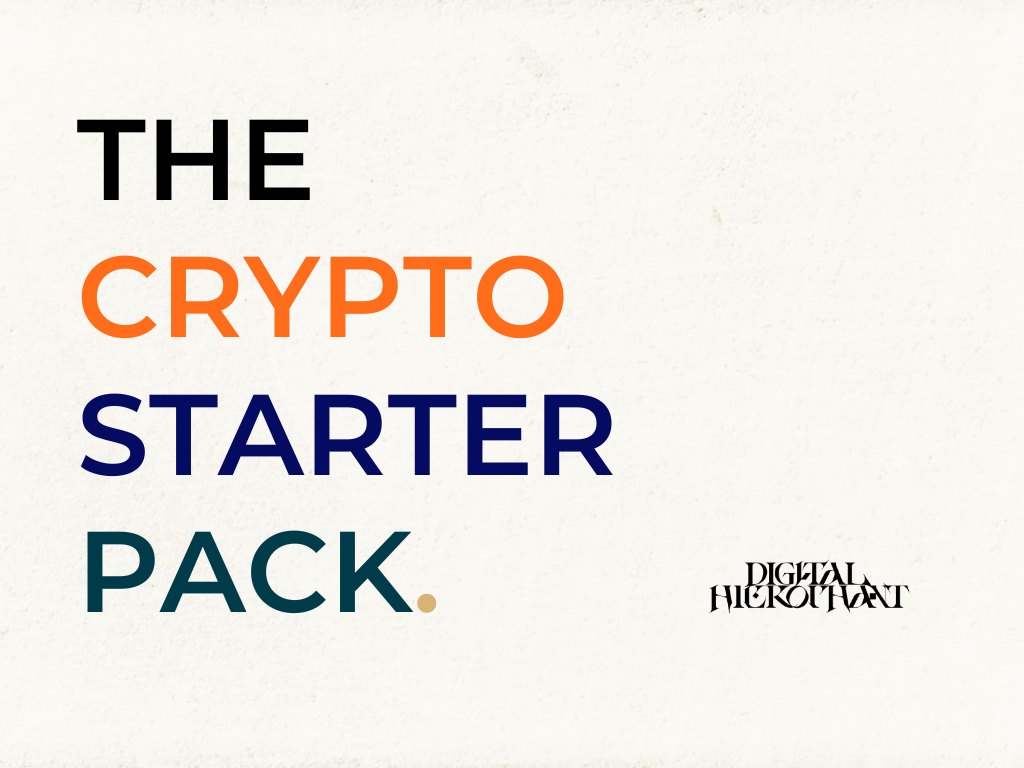
Most people new to digital assets (crypto) don't know how to establish their bearings and get started in the space because there are so many platforms, and so much information. In this section I will frame the space across several categories a crypto veteran might use on any given day. More advanced tools like blockchain activity analysis platforms will not be included.
Foundational (Logical) Spaces of the Digital Asset Industry.
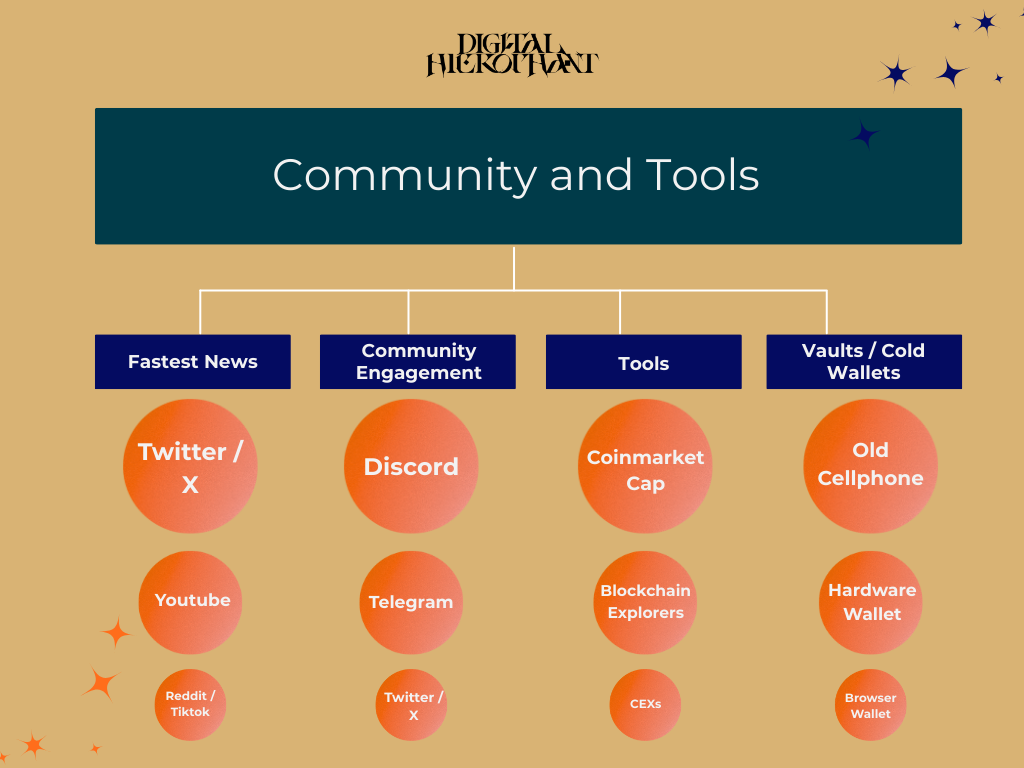
Fastest News
I explicitly labeled it "fastest news" because even mainstream news publications such as Fox, CNBC, Sky News, BBC, etc are reporting on digital assets but these are not the sources you want to wait on if you want timely news on projects you may be interested in.
Twitter / X:
This is where projects in the crypto space will provide their first *official communications on latest developments. Its been that way since I entered the industry in 2016. You have access to every digital asset's primary twitter account, their developers in many cases, enthusiasts of the digital asset in question, and anonymous "insider" thought pieces.
Twitter is a double edged sword. Since the algorithm tends to prioritize "shock takes" for reactions and engagement, spending too much time on Twitter can shake you out of your position, or be a hotbed for drama and negative energy in general.
I would follow every project i'm interested in, maybe a few crypto "alert" profiles, and check it every other day or so. Anymore than that and it turns into countless hours of doom scrolling. Additionally, I can say from experience too much information tends to have an adverse affect on actions related to trading. Accumulate and chill. It's that easy.
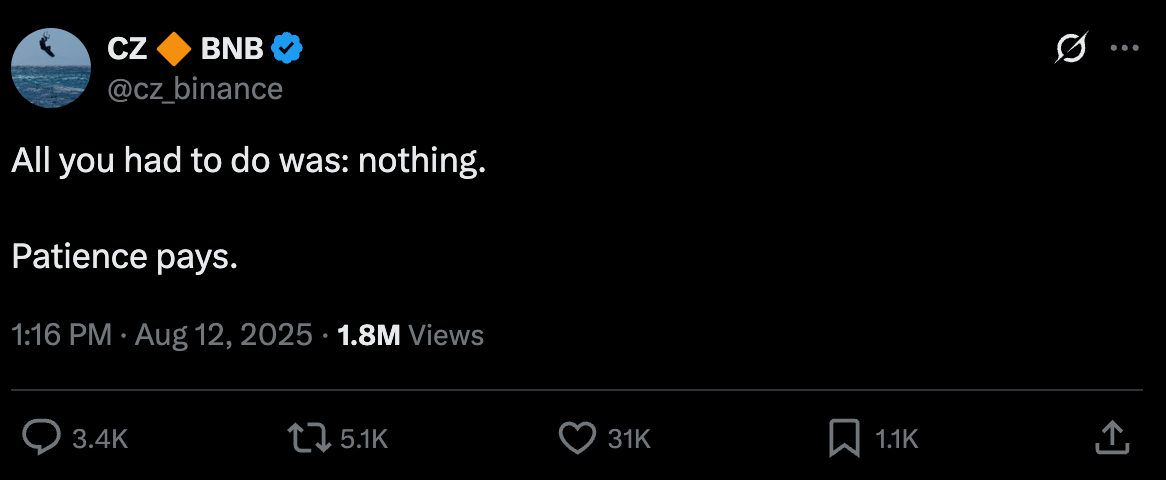
Youtube / Discord:
Youtube is going to be your second best platform for news. The latest "breaking" news doesn't travel as quickly as Twitter obviously, but if you find the right channels, you can still get some insight on projects early before they're widely adopted.
Why is getting in early important? Because the earlier you get in, the larger your opportunity for appreciation of the underlying digital asset. Obviously that does not guaranty success, as the earlier you are in on a project, the more immature the ecosystem is.
One could argue that discord is as fast as Twitter/X for news, but project Discords typically have a lot of speculative pseudo-insider talk, and project officials will frequently say "Wait for announcement on Twitter for official updates" anyway. Discords are great for community engagement but TONS of white noise speculation.
Reddit / Tiktok:
Tiktok is new for this particular bull cycle. Tiktok was around last cycle, but it really didn't boom until people started pushing the NFT "Profile Picture (PFP)" projects hard. Reddit has been around longer in the crypto space but it hasn't always been the best source for latest news. I've found that only a few projects have used Reddit as their first space of news updates.
Community Engagement
Community engagement is not necessary to make money with digital assets, especially if the ones you invest in are on the front page of Coinmarket Cap. If your project is on the front page of Coinmarket Cap as of August 2025, that means the project has over $700 Million in total market cap. Which is to say the project is firmly established, and will not require you to babysit the week-to-week advancements of the team.
If you're investing in a project that's earlier in its creation, and wish to engage more with their communities as they grow, here are the best platforms to start.
Discord:
First find the official twitter/X account for the project you want to follow. Then go to their posted "Official Links". They'll have link to their Discord community where you can find all the people who have bought the project, speculate on the project, build on the project, and/or hate on the project. Discords will frequently have separate channels for: General Discussion, Announcements, Frequently Asked Questions, and other sub channels depending on the project. Watch out for scammers in your DMs.
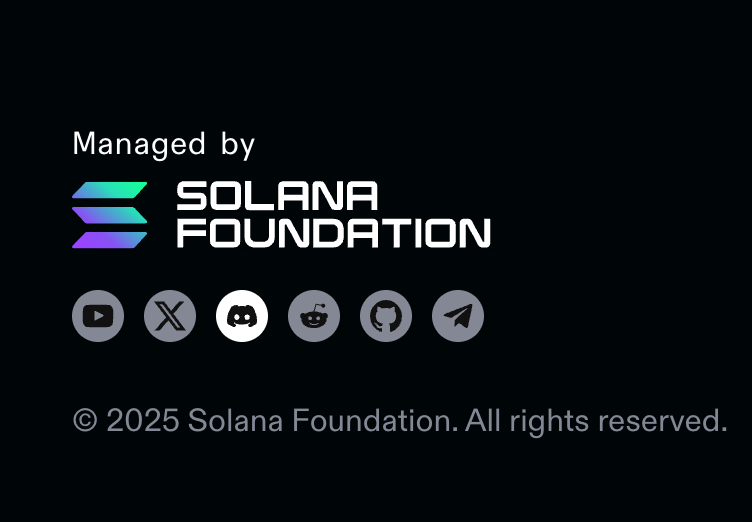
You can also normally find the discord link at the bottom of the official website next to the other social media icons.
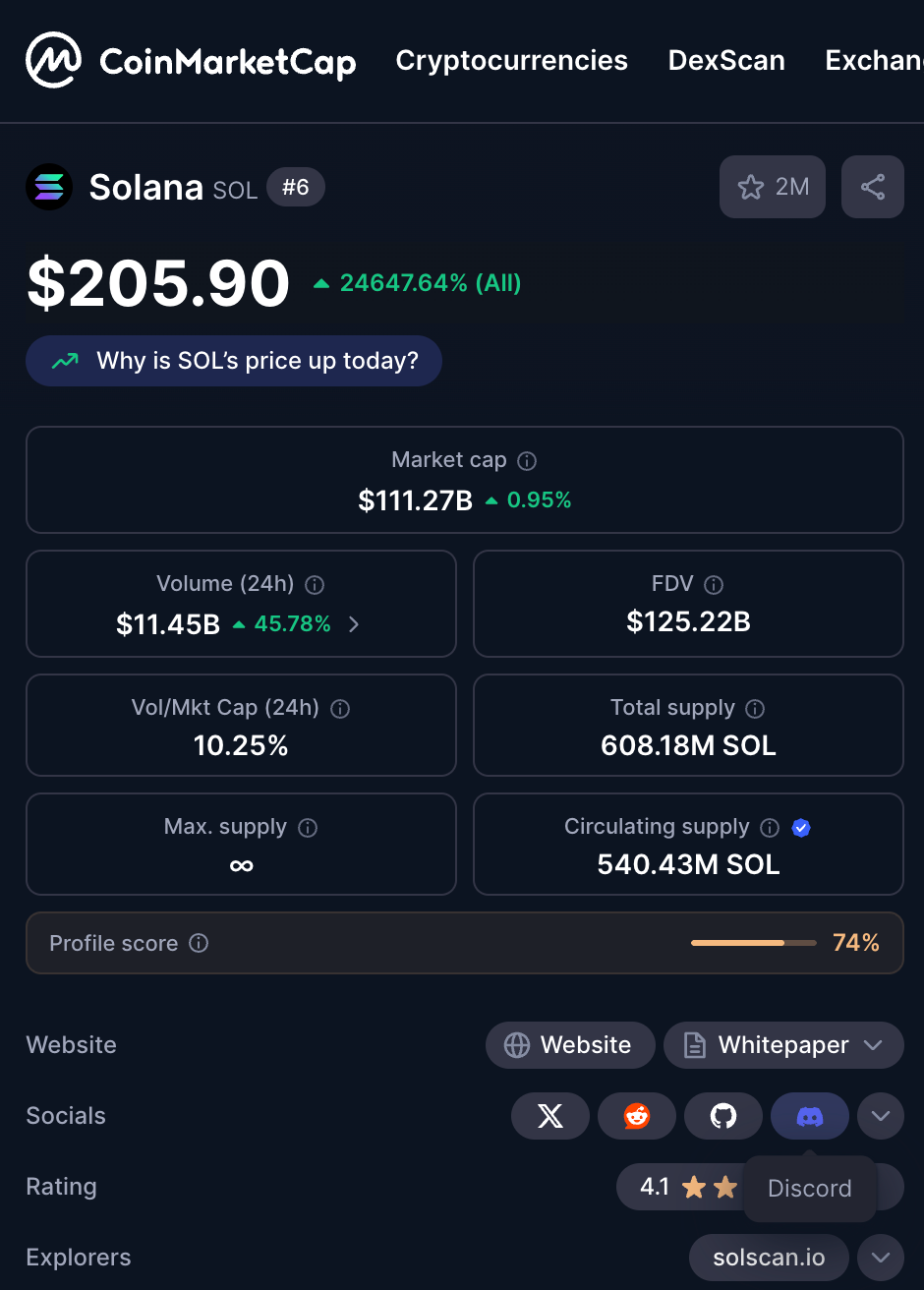
Telegram:
It is not uncommon for projects to bypass deploying a Discord in favor of Telegram. You'll see this for more micro projects like memecoins and NFT collections.
Twitter / X:
While I'd say Twitter is the first choice for news, it's not the first choice for "Community" on a specific project. Yes, you'll find people in the community of your project posting/tweeting, but it's really disjointed and not the most contained discussion you would find in a project's Discord page.
Tools
I wanted to keep the tools section simplified to what I personally reference on a weekly basis to make decisions. These aren't the advanced chain analysis dashboard tools, but the ones I believe are fundamental to existing in the space as a user.
Coinmarketcap
Coinmarket Cap remains my #1 tool because it's the website that introduced me to the "Fear & Greed" indicator. I've found that if one adopts Warren Buffet's advice of "Be fearful when others are greedy, and greedy when others are fearful", one can do extremely well buying their projects of choice when the indicator is in fear, and selling when it is in greed.
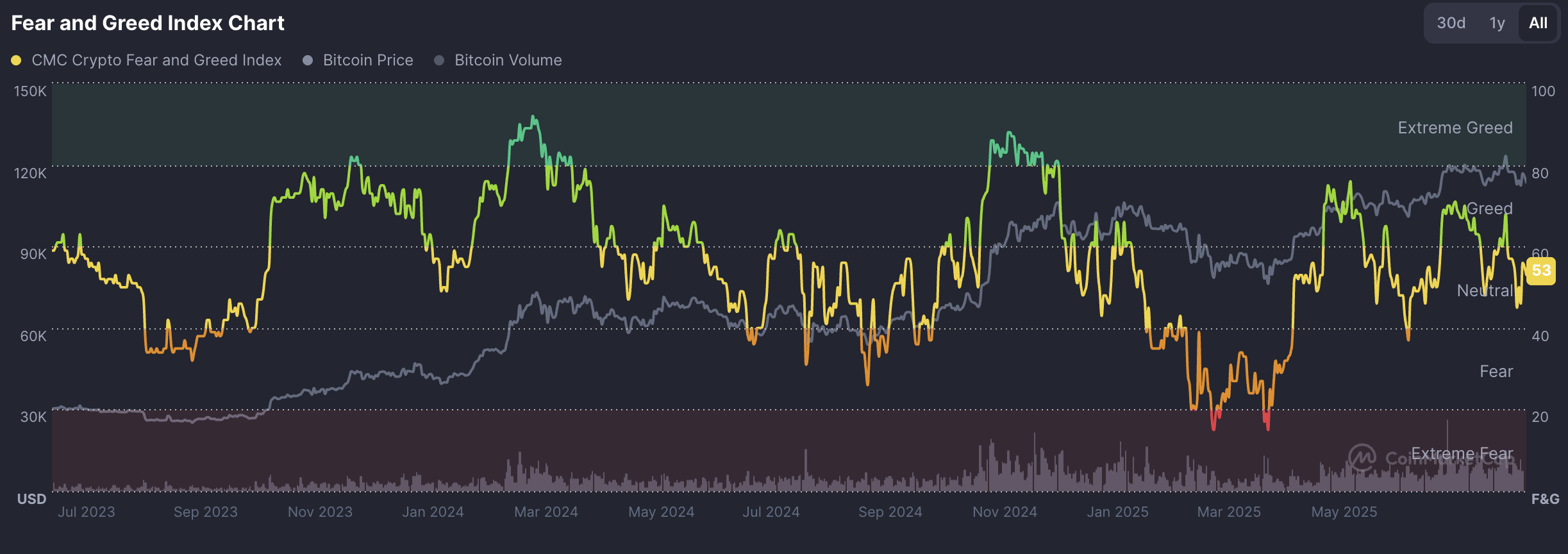
Note the length of time between the Extreme Greed peaks to the Fearful orange/red lows in the chart above. These are often 3 to 4 month swings where you are waiting on the result of your buy or sell to come to fruition.
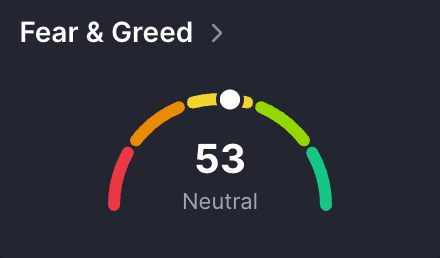
Blockchain Explorers
Blockchain Explorers are the equivalent of digging into your myaccount.google.com settings. Blockchain explorers allow you to track any transaction executed on a blockchain using either the wallet address or the transaction ID. Truthfully, blockchain explorers deserve their own dedicated post because of how powerful they are but I want to keep the Crypto Starter Pack high level.
To find them > www.coinmarketcap.com > search blockchain name > click "Explorers" link.
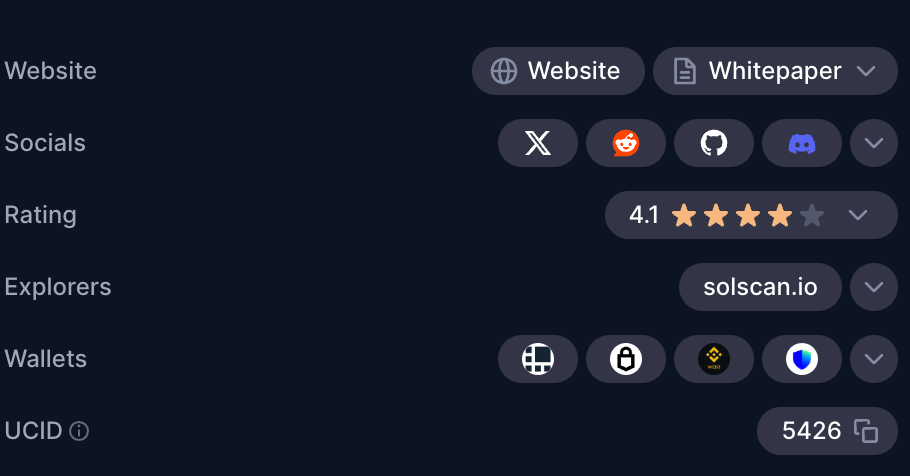
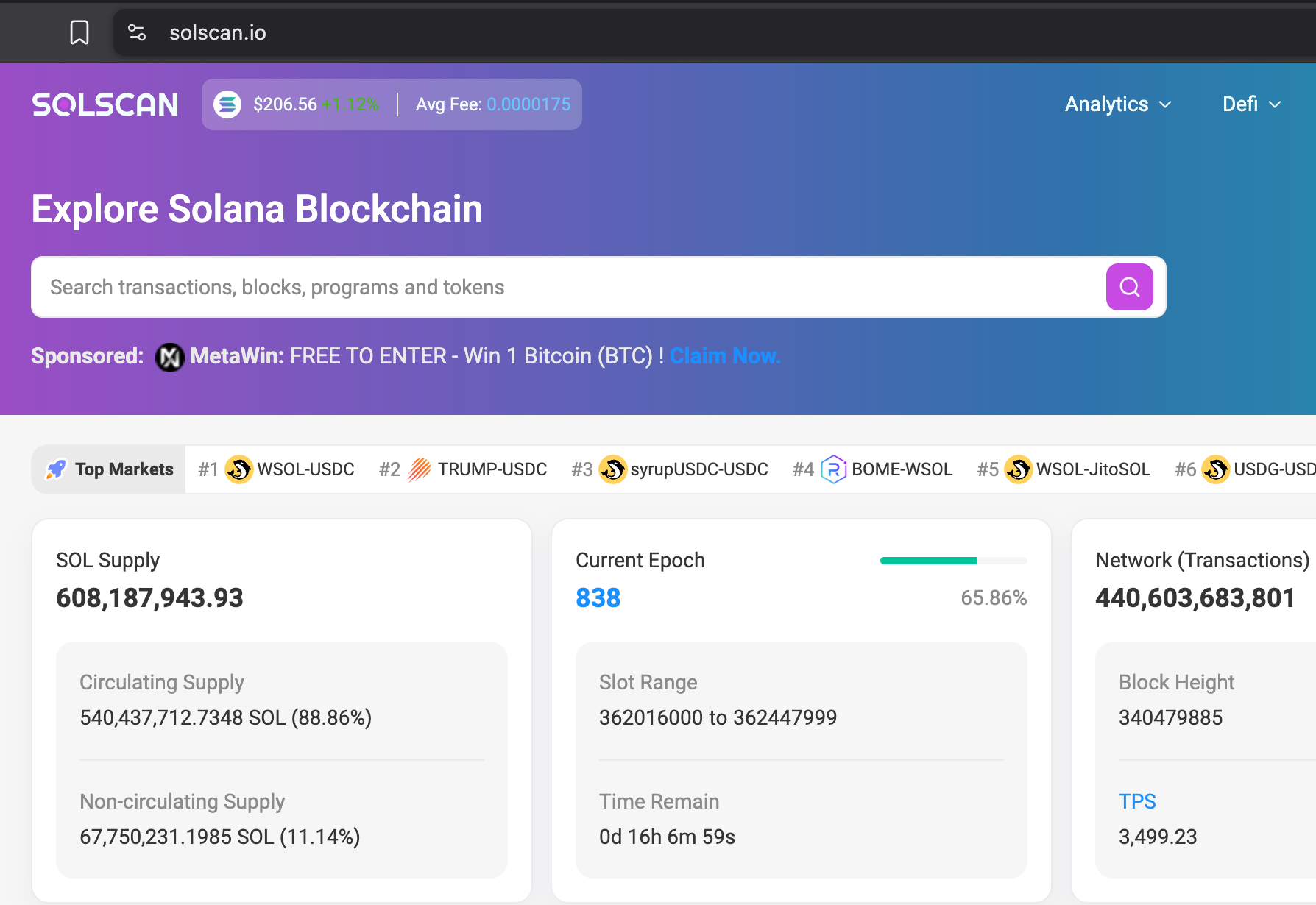
Centralized Exchanges (CEX)
I put centralized exchanges last because you'll use them somewhat regularly by default, and you'll find that each one offers unique interfaces and features that may assist you in researching particular parts of the market. Crypto.com for example has a Fear and Greed indicator just like Coinmarket Cap does, and as of August 29, 2025 it appears to follow the same formula because the ratings are the same.
Wallets
You’ll notice from the diagram that I have “Old Cellphone” listed as the primary cold storage wallet. I’m sure that may seem odd but it’s what I find to be the safest “practical” method of having a cold storage wallet.
I’ll answer 3 simple questions, and you'll have functional comprehension of digital wallets.
What separates a hot wallet from a cold wallet?
- A hot wallet connects to decentralized applications on a blockchain.
- A cold wallet sends and receives digital assets, but it never connects to an application.
That's it. That's the only difference.
Why would I have one or the other?
A cold wallet's purpose is to give you a safe account to store your digital assets with minimal risk to being hacked.
You would want to have a hot wallet in order to interact with decentralized applications like Uniswap, MagicEden, or Jupiter. In order to exchange various digital assets (tokens, stable coins, NFTs), you must perform an interaction with these applications that authorize a connection from your wallet to that application. You won’t miss it, note the giant pink "Connect" button. A wallet is considered "hot" once it has started interacting (connecting) to applications.
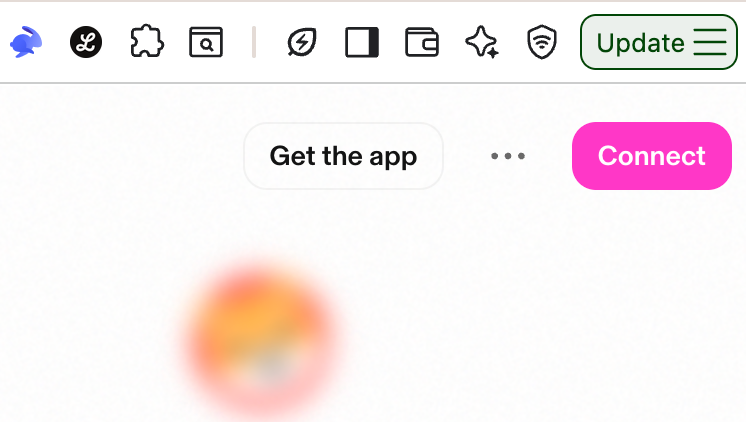
The most practical way to exercise having a “cold” wallet.
From too many years spent on “crypto twitter” I can share that the vast majority of people lose their money from bad trading, the second most common way to losing money is being hacked.
The number one way people get hacked is by approving interactions with fake or malicious applications that drain their wallet after connection. I know this sounds similar to every “don’t click this phishing links” training you've ever heard, but it’s a similar concept.
The truth is, in a bull market you start logging into your browser and mobile wallet daily, if not several times per day. You’re connecting to decentralized exchanges, buying NFTs off random art platforms, sending $10,000 over some eth scaling solution's bridge. It’s a MESS from a tech-design standpoint, so it’s easier for hackers to set up fake sites that finesse you mid workflow.
All that to say you want to exercise the practice of having a cold wallet. For all digital asset purposes, this is your “Vault”.
- You generate a key, and create a new wallet.
The only interactions your cold wallet should have are;
- Receiving money from your centralized exchange.
- Receiving money from the hot wallet you use to connect/interact with applications.
- Receive payment from another person.
- Sending money to your Centralized Exchange.
- Sending money to your hot wallet.
- Sending money to someone else.
- It does NOT connect to any outside application.
As you can imagine there are all sorts of physical hardware devices explicitly created and marketed as Cold Storage wallets. Myself? I have a Grid Plus Lattice, an investment but best in class as far as I’m concerned. They also have smaller thumbnail sized hardware that you can use. However the simplest method is to use an old spare phone and just download a popular crypto wallet app like Trust Wallet, and use that as your cold wallet.
The obvious cYbErSecUrItY concerns are:
- You end up having your crypto wallet on a phone that you've probably stopped receiving updates and security patches on.
- Create a risk of being hacked on outdated software since you have to connect to internet in order to open crypto app, and send assets from it.
- Yes but no. If you're using it properly as a Cold Storage wallet and ONLY using it to send and receive funds; not web browsing, not downloading random app onto it, you really do minimize the risk substantially. You can go even further, and keep it in airplane mode or powered off completely until you have a reason to send money from that wallet.
- I wouldn't go getting the cheapest phone I could find, but the old iphone 10/Samsung S10 you have laying around is probably sufficient.
If you wish to pay for a dedicated hardware wallet go ahead, it is best practice after all.
That marks the end of the Crypto Starter Pack. If you want to learn about Centralized Exchanges, Decentralized Exchanges, and how you move money from your bank onto these platforms - see this post.

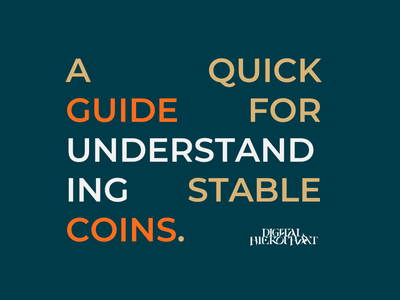
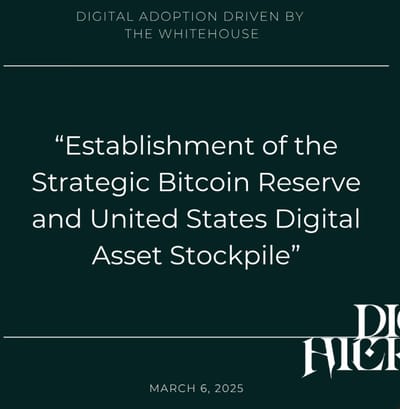
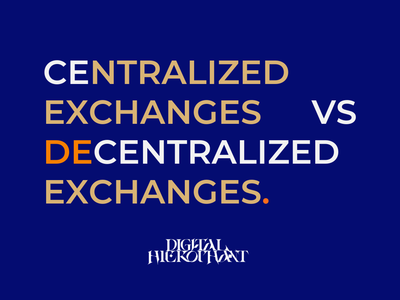

Comments